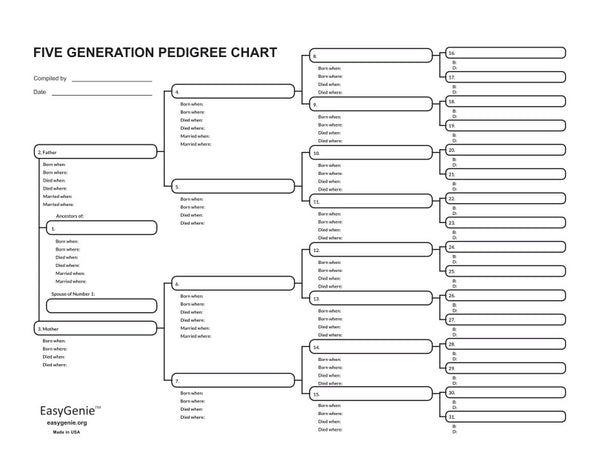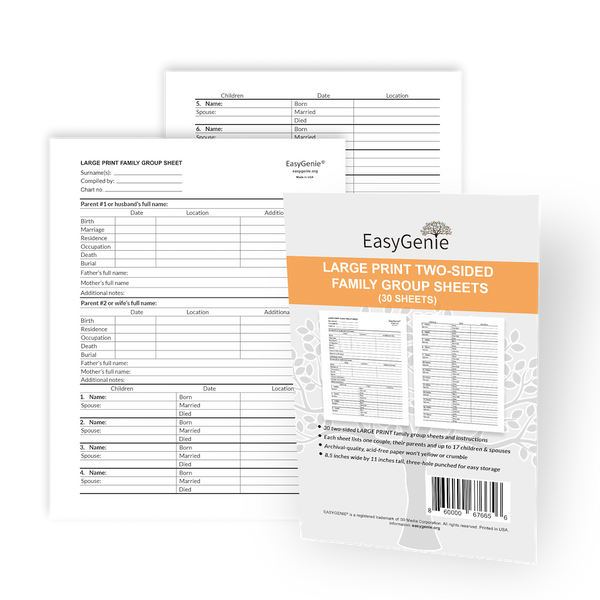
Genealogy books that bring ancestors' stories to life
Ian LamontAs many readers know, we love stories. We also want to help others tell the stories of their own families.
But how can you tell these stories if there are no diaries or letters handed down over the generations? What if your ancestor wasn't famous enough to be profiled in a book or newspaper? What if they were poor, and couldn't read or write? What if they had no voice, because of the color of their skin or their lack of status in society?
Many people think that the search for their ancestors begins and ends in a search box on Ancestry or FamilySearch. Not so! There are other sources of information that can flesh out the stories from long ago.
The picture above is from Enslaved, Indentured, Free: Five Black Women on the Upper Mississippi 1800-1850 (Amazon), which I spotted earlier this summer at the awards ceremony for the IBPA Ben Franklin Awards. If you were to look up Marianne, Mariah, Patsey, Rachel, or Courtney on Ancestry, you might find a census or death record, or a match on someone else's tree.
But author Mary Elise Antoine, president of the Prairie du Chien Historical Society, dug deeper to unearth their stories. She tapped other records, including:
- The Northwest Ordinance of 1787, which made slavery illegal in the upper Midwest
- Frontier narratives
- Military records
- Personal letters
- Interviews with descendants
- Court transcripts
Another book: Voices of Navajo Mothers and Daughters: Portraits of Beauty (Amazon). In the absence of written records, author Kathy Eckles Hooker draws heavily upon oral histories from older women in Navajo communities, and rounds out their stories with beautiful modern-day photographs.
I've highlighted other genealogy books in the past which explore the stories of poor immigrant groups. They include For the Grass of a Cow: Marion Tiernan’s Irish ancestors from County Meath to Saint Lawrence County, New York, 1820–1999 (Amazon). The author turned to shipping records, Irish newspapers, and historical studies to fill in a little-known New York immigrant community.
Even if you are not related to anyone mentioned in these books, they provide information and context that may shed light on the circumstances of ancestors with similar backgrounds.









